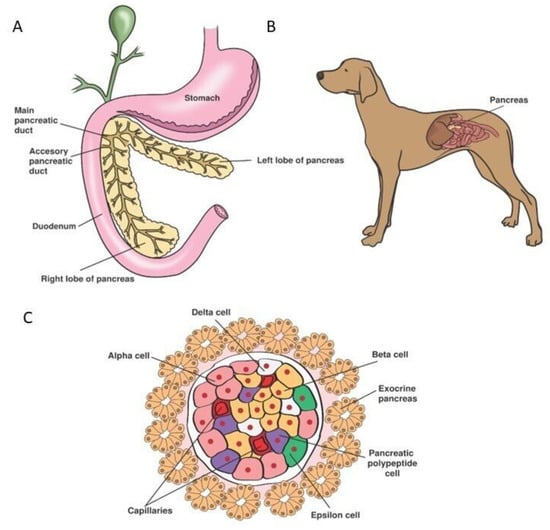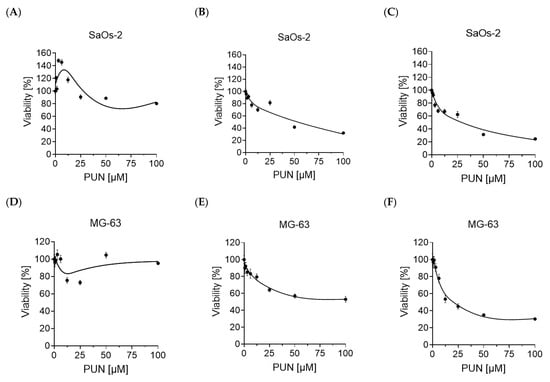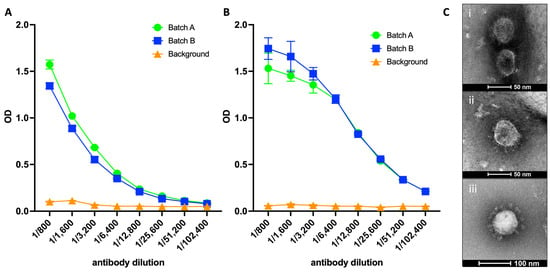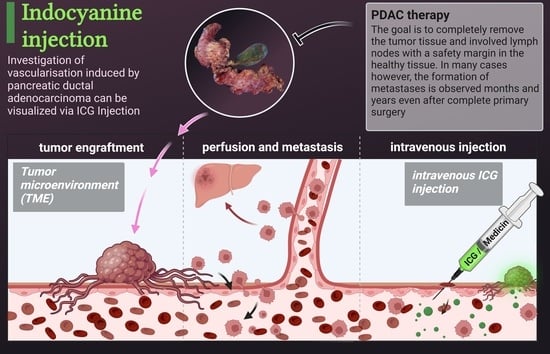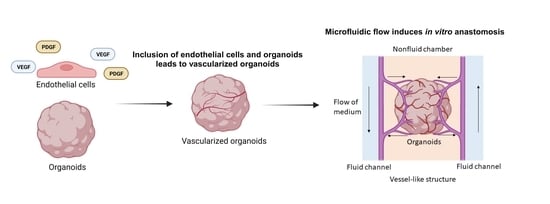<p>Schematic outline of the processing of fresh lung cancer tissue for culturing of primary NSCLC organoids. Tumor tissue was transferred to the laboratory, where it underwent mechanical and enzymatic digestion and was subsequently plated in 12-well plates.</p> Full article ">Figure 2
<p>Primary NSCLC organoids established from fresh cancer tissue. (<b>A</b>): Out of 37 processed tissue samples, successful organoid growth was achieved in 18 cases. (<b>B</b>): Organoids commonly grew in round shapes with increasing diameter, as depicted in the brightfield microscopy images from adenocarcinoma organoids (LCO-170) and typical carcinoid organoids (LCO-157). Other organoids featured adherent growth, as seen in the brightfield microscopy images from squamous cell carcinoma (LCO-080). In advanced passages of LCO-0157, prongs were starting to extend from the organoid’s body into the surrounding Matrigel. Scale bar: 100 μm. (<b>C</b>): Using a modified minimal medium, intermediate and long-term expansion of NSCLC organoids was possible. Culture day was counted from the initiation of organoid establishment (i.e., the day of surgery). Scale bar: 200 μm.</p> Full article ">Figure 3
<p>Morphological and immunohistochemical characteristics of primary NSCLC organoids and their respective parental tissue. (<b>A</b>): Lung squamous cell carcinoma with intracellular keratinization, intercellular bridges and strong expression of p40 and CD44. (<b>B</b>): Lung adenocarcinoma with intracellular mucin and an increased expression of CD44 in the organoid. (<b>C</b>): TTF-1-negative mucoepidermoid carcinoma organoids with characteristic mixed histology, including p40-positive and p40-negative cells. (<b>D</b>): Typical carcinoid tumor with growth in tumor cell nests and strong positivity for TTF-1 and synaptophysin. The Ki-67 proliferation index was notably increased from 1.5% in the parental tissue to 70% in the derived organoid. Scale bar: 100 μm.</p> Full article ">Figure 4
<p>NSCLC organoids derived from squamous cell carcinoma LCO-080 maintain the parental tumor’s heterogeneous expression of p40. Organoids derived from adenocarcinomas LCO-128 and LCO-170 show an increased but heterogeneous expression of CD44 when compared to the primary tumor. Ki-67 is upregulated, but heterogeneously expressed in organoids derived from the typical carcinoid LCO-157. Scale bar: 100 μm.</p> Full article ">Figure 5
<p>Targeted sequencing of the primary tumor (<b>top</b>) and the organoids (<b>bottom</b>). Genetic aberrations were detected in nine primary tumors. In one-third of the established organoids, the primary tumor’s oncogenic driver was preserved, including a KRAS G12V mutation, a KRAS G12C mutation, and an RET imbalance.</p> Full article ">











